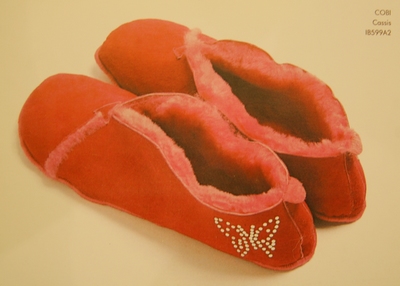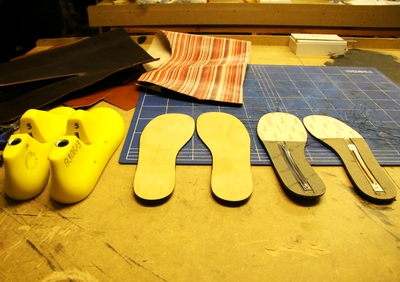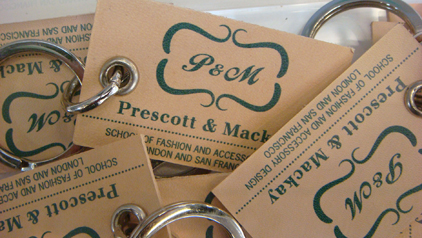Sonia Parizzi attended the Five-Day Intensive Shoemaking Course in Berkeley about a year ago. She had been involved in the footwear business as a designer, but this was the first time that she made a pair of shoes. We have found her experience very inspiring and we wanted to interview her to find out more about the process of becoming and being a designer.
Prescott & Mackay: Please tell us something about your background and what has led you to become a designer?
Sonia Parizzi: I was lucky to be born as a designer and artist. At the age of 4, I was already painting fabric, and continued until the age of 14. I attended French pattern and sewing classes, started selling to friends, and soon to an increasingly affluent clientele. I also painted Huge Facades.
After graduating as an Industrial Designer, I started to sell my own clothing ‘Sonia P & Sonia L’ to the best boutiques. The next step was ‘Sonia Parizzi’ brand going into shoes. All over Brazil, I was in charge of the Design and Marketing, including design for other brands such as ‘Alpargatas’, which manufactures the renowned ‘Havaianas’.
P&M: What is the idea behind your designs? What does your brand try to tell people and what makes you unique?
SP: I just followed colour trends: my heart was the trend, and I was recognized as a trend launcher. The brand started to appear everywhere and it was constantly published in all magazines, such Vogue, W and Elle, as well as TV interviews and at fashion shows in New York. I was even invited to sell at Bergdoff Goodman, but I could not produce the amount they required.
P&M: How did the idea of making your own shoes come into your mind and why chose Prescott & Mackay?
SP: I was looking for the best and found it. Their resumes are impressive.
P&M: Please tell us your experience at the San Francisco shoe class and what you have learnt.
SP: I learnt how to make a pattern, mount a shoe by hand and the use of new materials in the market. Melissa Needham was a great teacher whose patience is tremendous as well as her knowledge. She is also a good and pleasant person.
P&M: Please give some advice to people who are interested in shoe and bag design, particularly those who want to start up their businesses.
SP: Push your creation from inside out and to the unthinkable. Also, make a brand that reflects your personality. If you knock door to door selling it, you will get noticed. Negative answers are awful, but make us stronger. It is fundamental to take short classes in Marketing and Administration or to pay someone to do it, a friend can helps at the beginning. Upon finding an investor, negotiates a good contract: we are not slaves.
Sonia has sent us some pictures from her designs. The models Conliriozz and Zelebrazz are designed for silicone or plastic shoes, where the colour white means to be transparent. She manufactured the Yellow’zz in Brazil many years ago, remaining like a kind of Converse sandal. When she moved to the USA, she had two interviews with them, but even when though it was a great prospect, it did not work because she could not move to Boston.
Sonia is currently creating a new great line and looking for investors in the USA, meanwhile she has not stopped appearing in magazines and newspapers.
Prescott & Mackay runs Two-Day Beginners Shoemaking and Five-Day Intensive Shoemaking in Berkeley, San Francisco throughout the year, and the next courses are scheduled for April 2013.

























Recent Comments